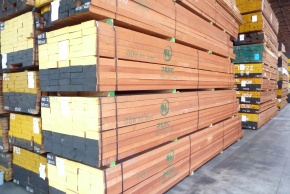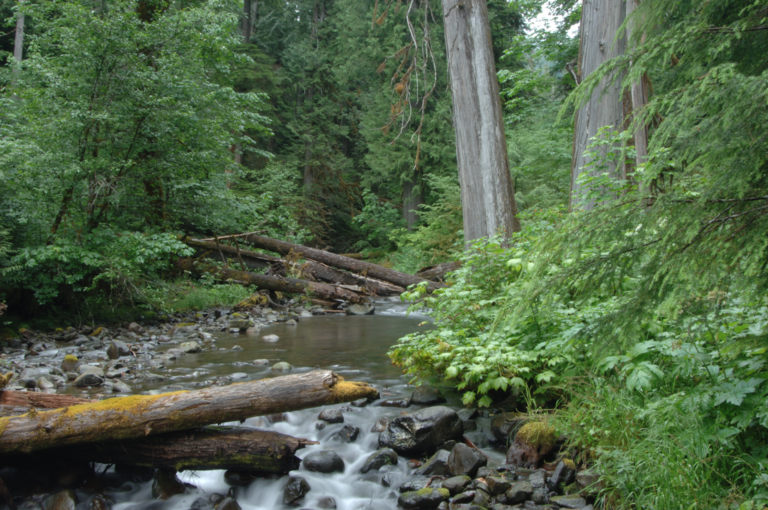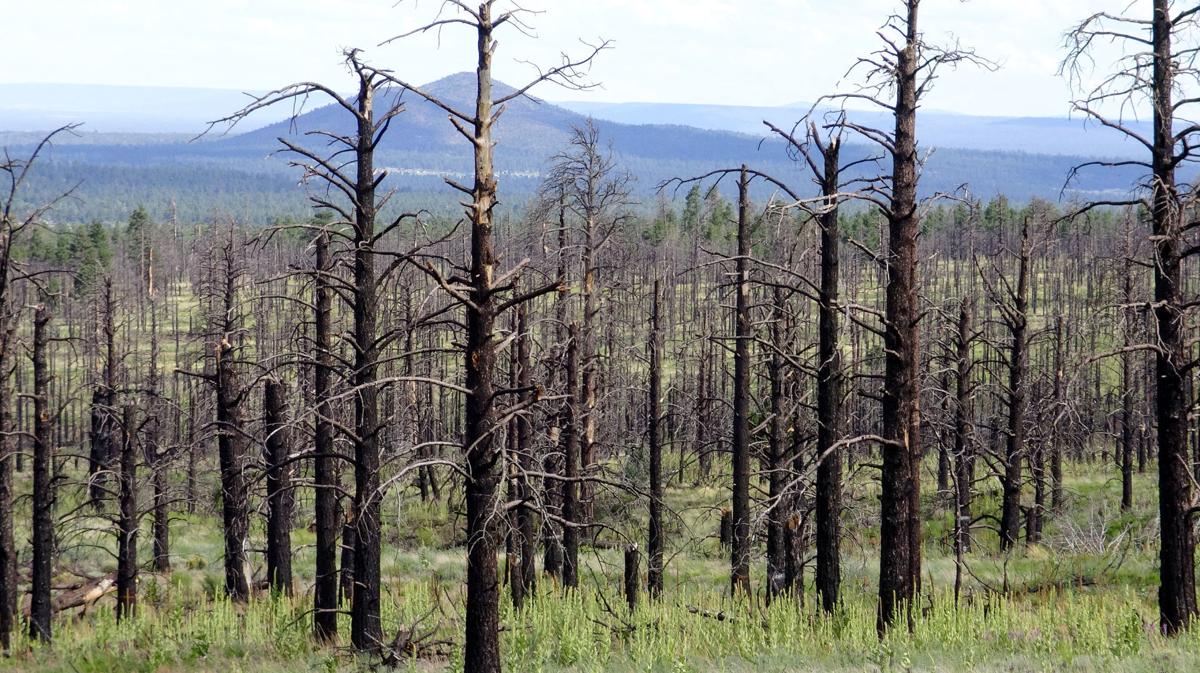 The text for the Trans-Pacific Partnership (TPP) is now ready for signing and a new analysis suggests the US withdrawal will result in more economic benefits for Canada. In other news: yesterday’s budget in BC includes more funding for wildfire recovery and fire prevention.
The text for the Trans-Pacific Partnership (TPP) is now ready for signing and a new analysis suggests the US withdrawal will result in more economic benefits for Canada. In other news: yesterday’s budget in BC includes more funding for wildfire recovery and fire prevention.
Elsewhere: a proposed law would kill Sandy Springs’ [Georgia] building code restrictions on wood buildings over three stories; Essex County [Ontario] fights to protect its Oak trees from a tree fungus spreading in Michigan; it’s Flagstaff’s turn [Arizona] to tackle the mountain pine beetle and Indonesia mobilizes to combat health-damaging forest fire haze.
The Association of BC Forest Professionals annual convention starts today in Victoria and tonight’s keynote is a public lecture by Scott Stephens, professor of fire science at the University California Berkeley. The Frogs will be reporting live from the convention floor so check here for regular updates and say hi if you see us!
Finally, a very unique set of wood speakers from discarded wood, based on the same method of making music as a violin.
— Kelly McCloskey, Tree Frog Editor
















